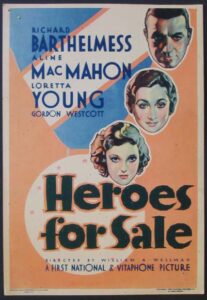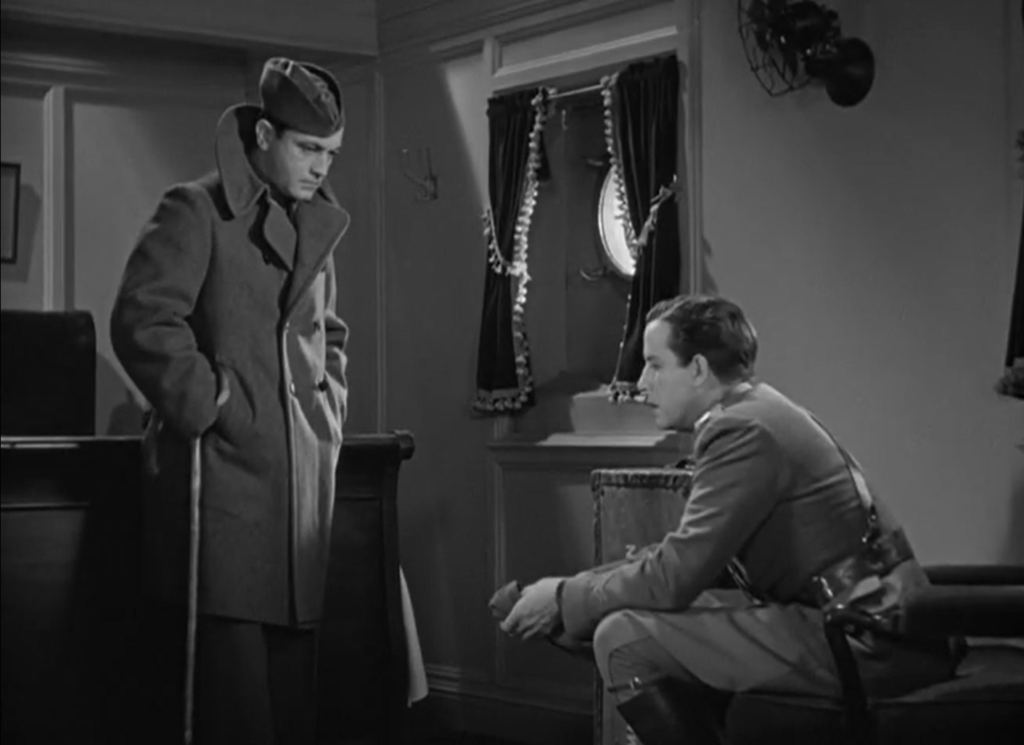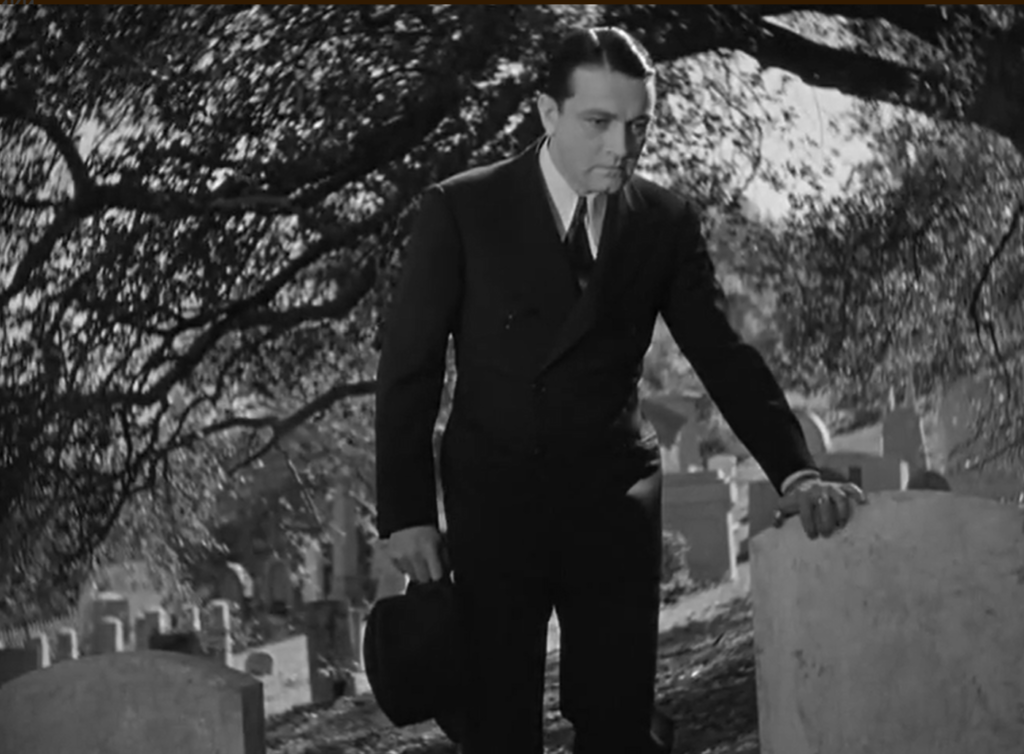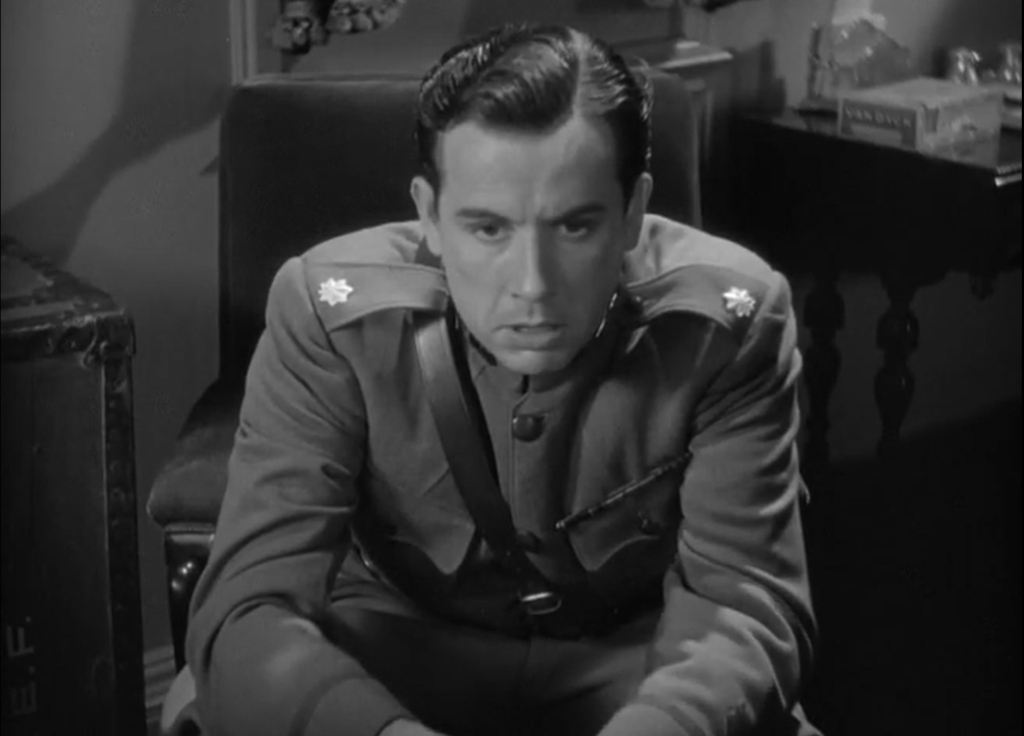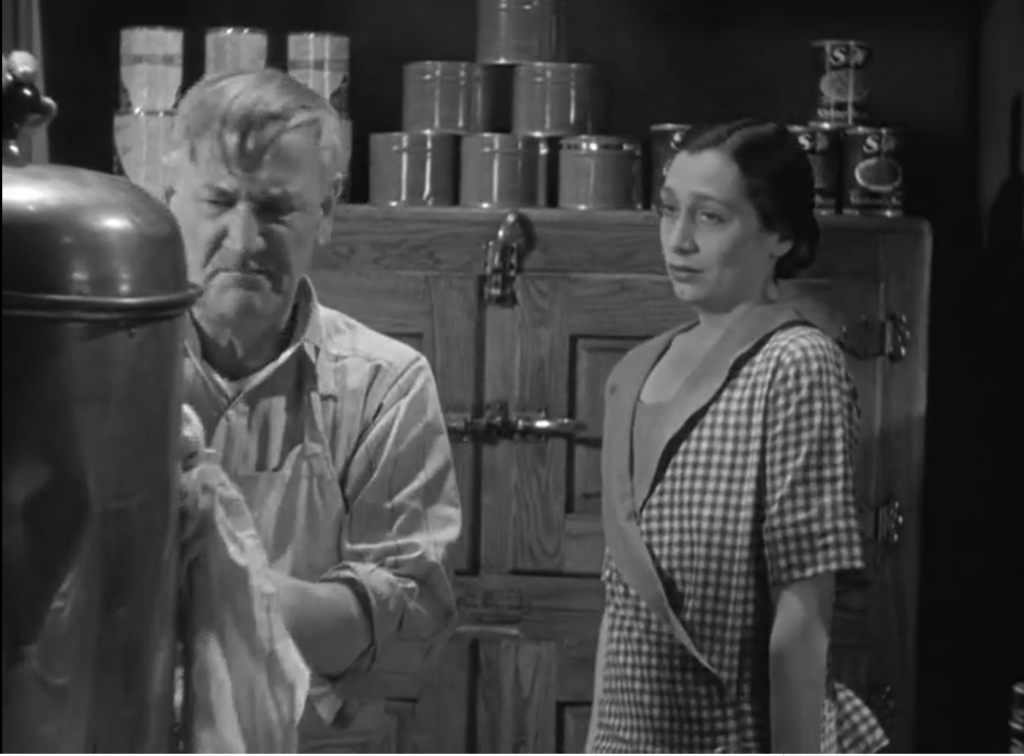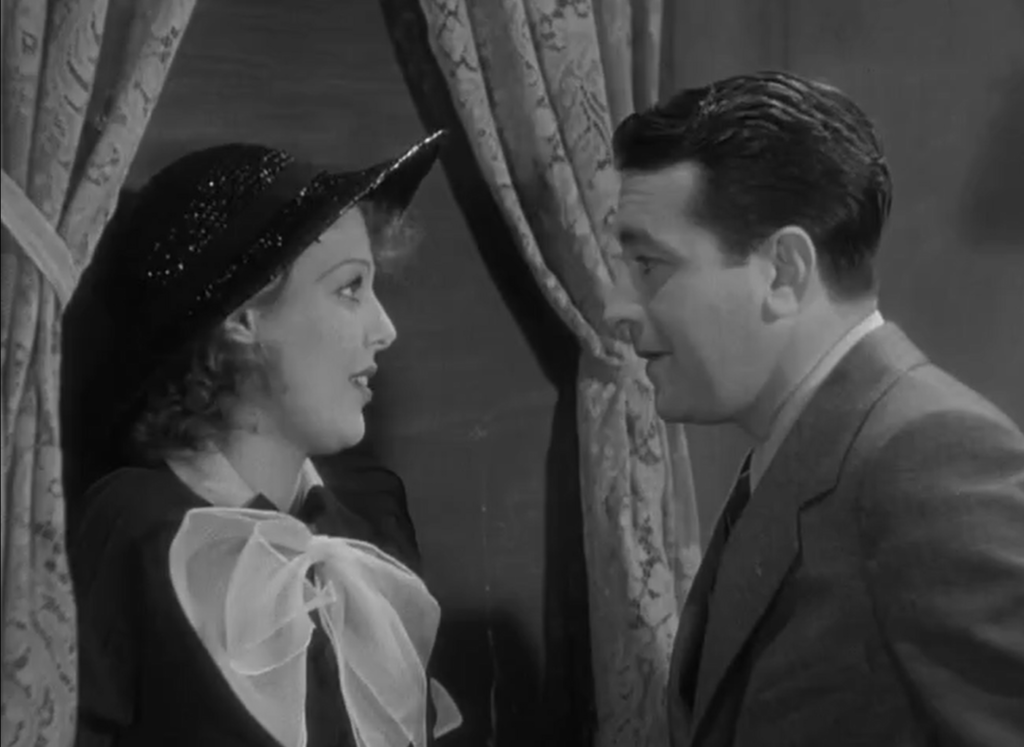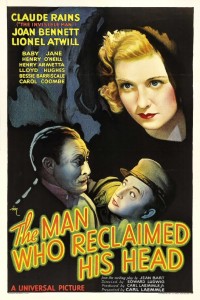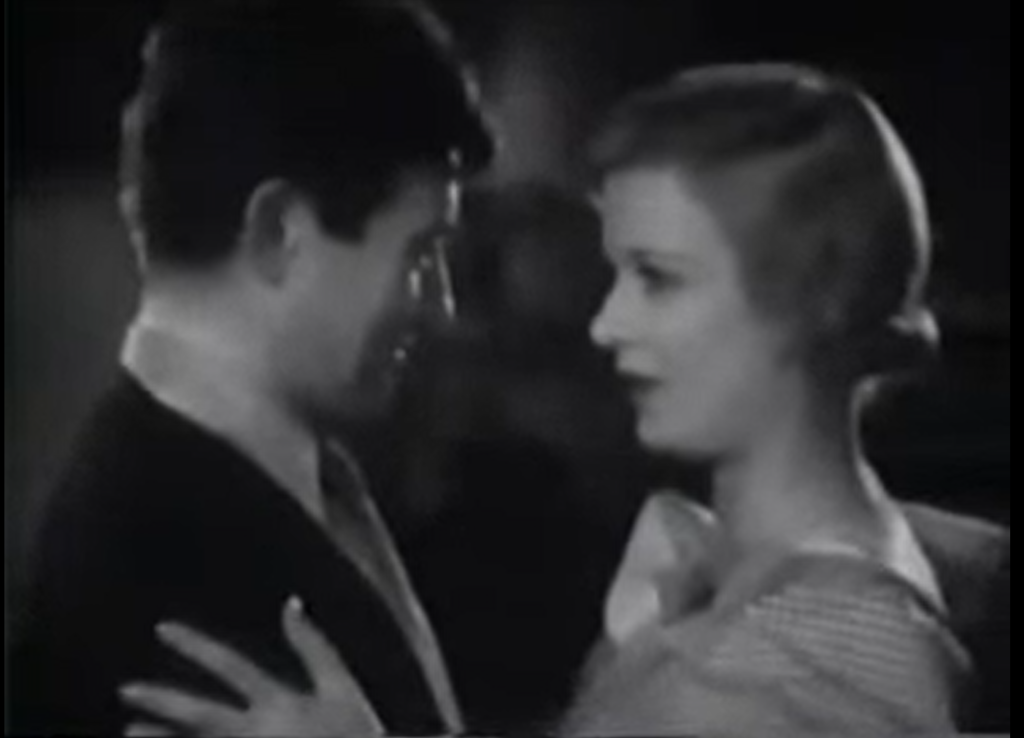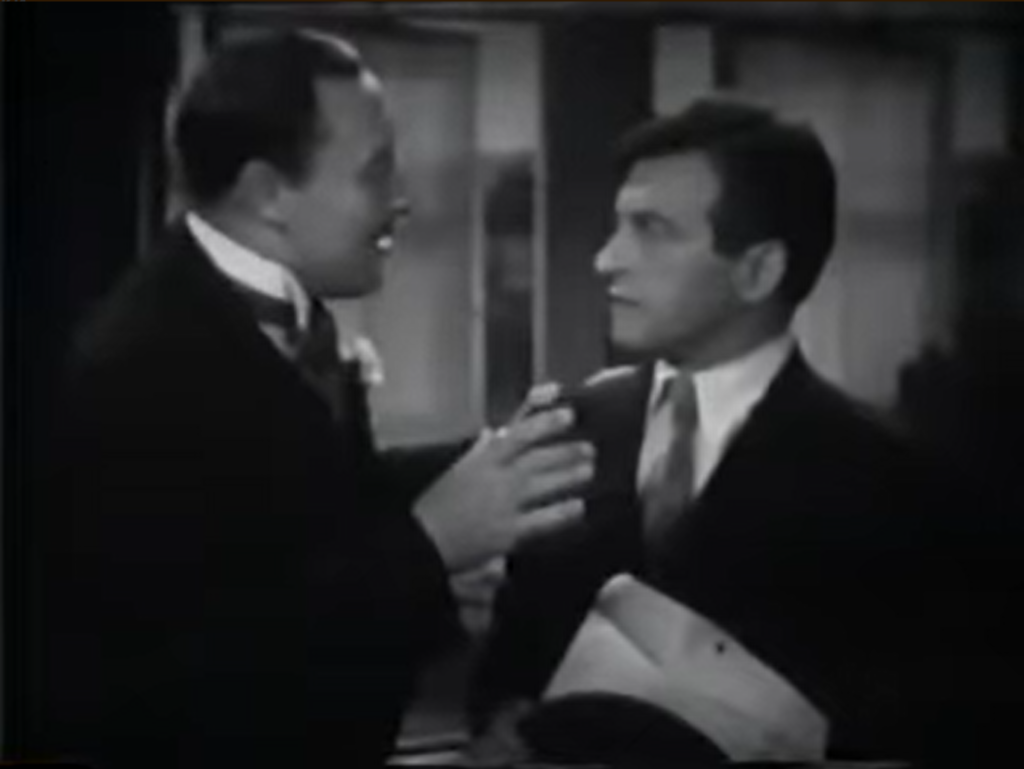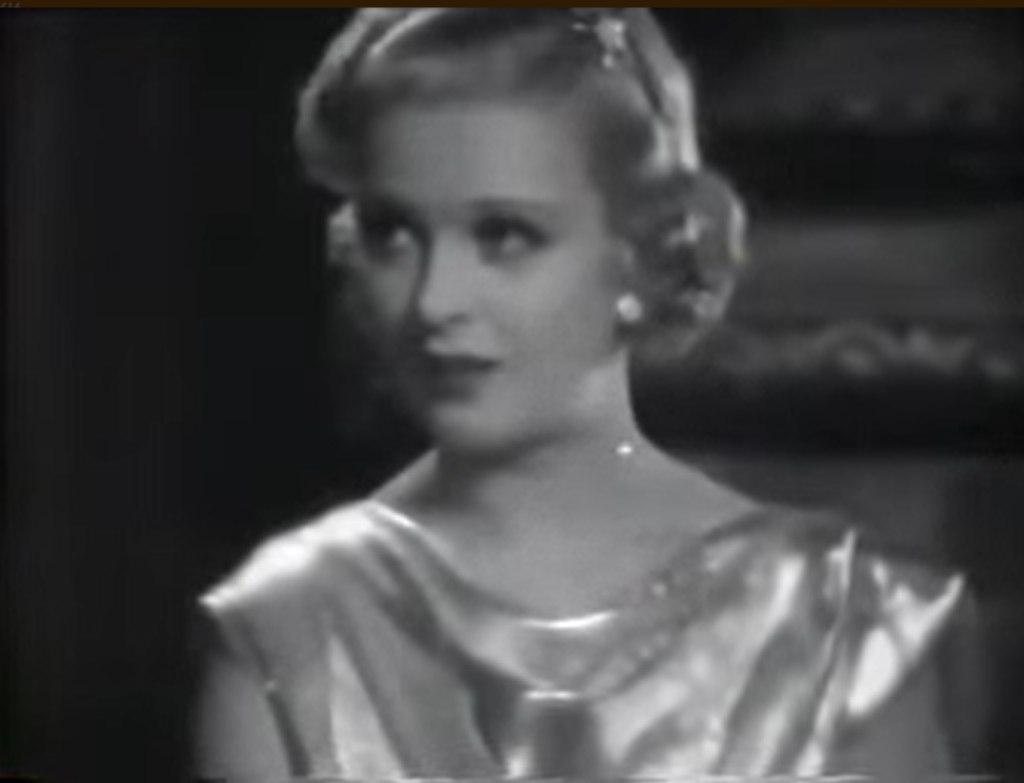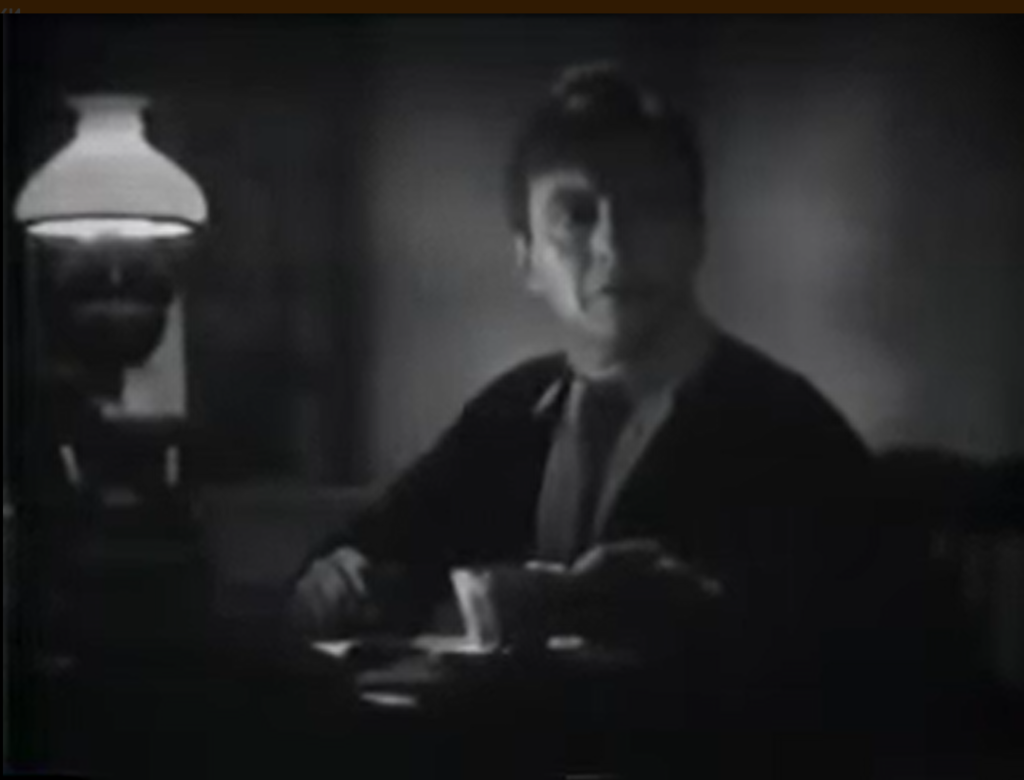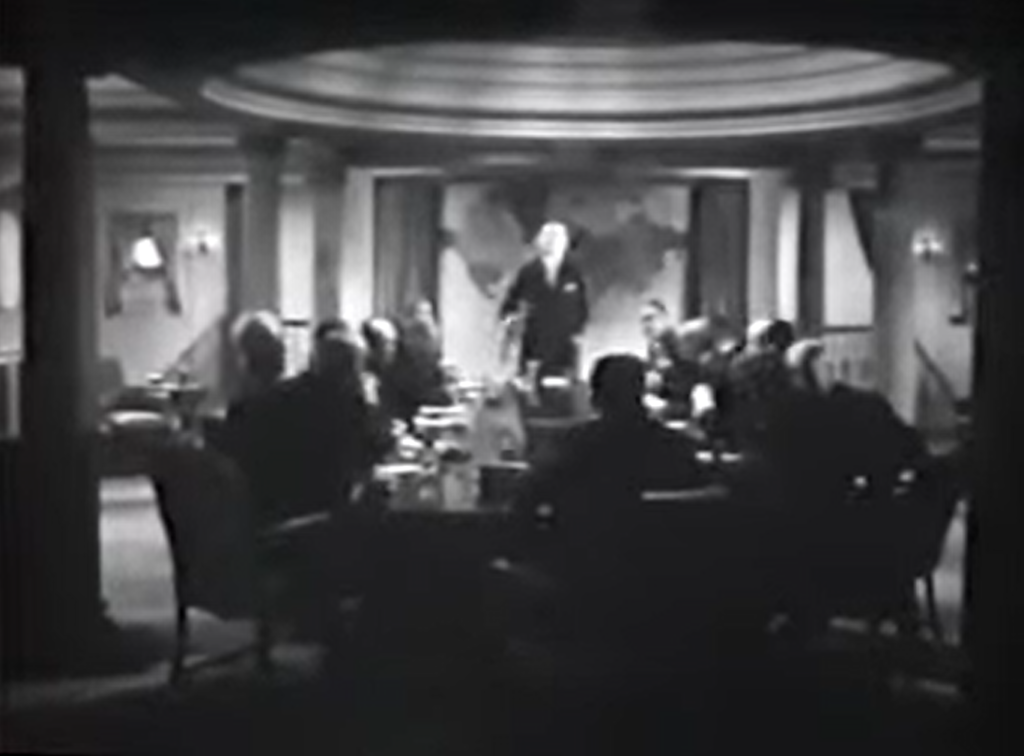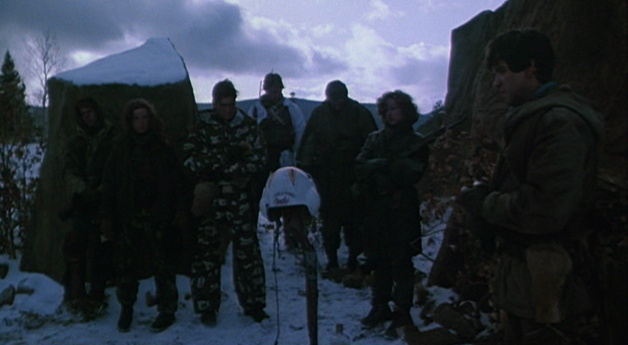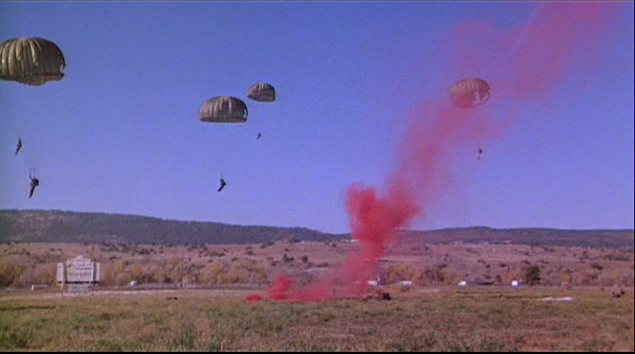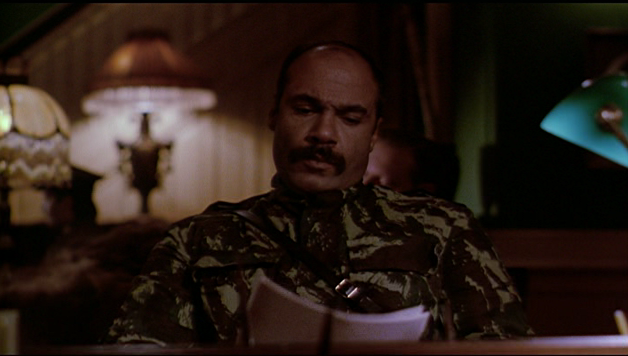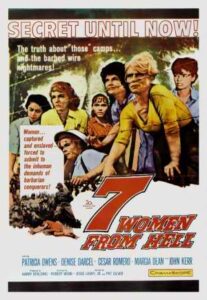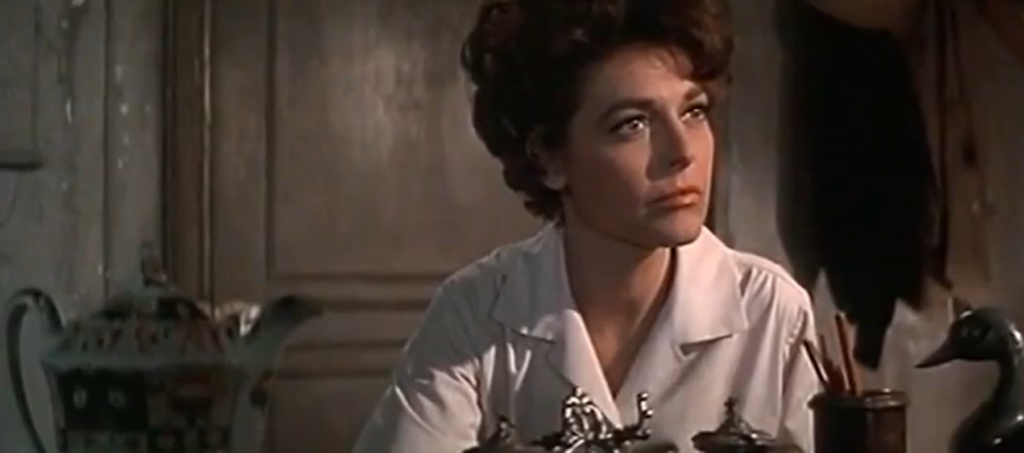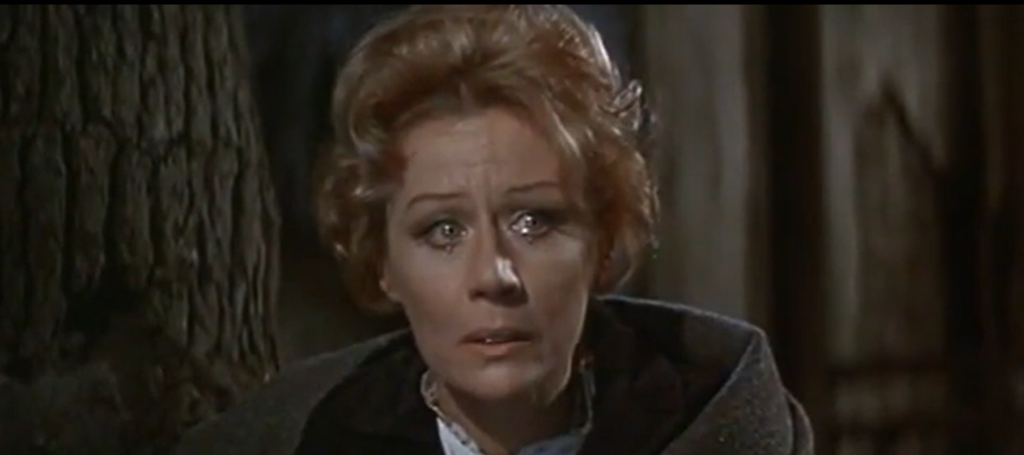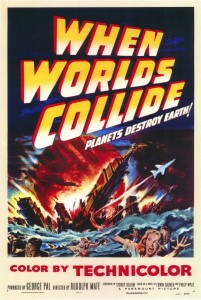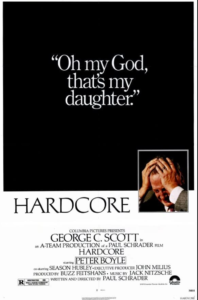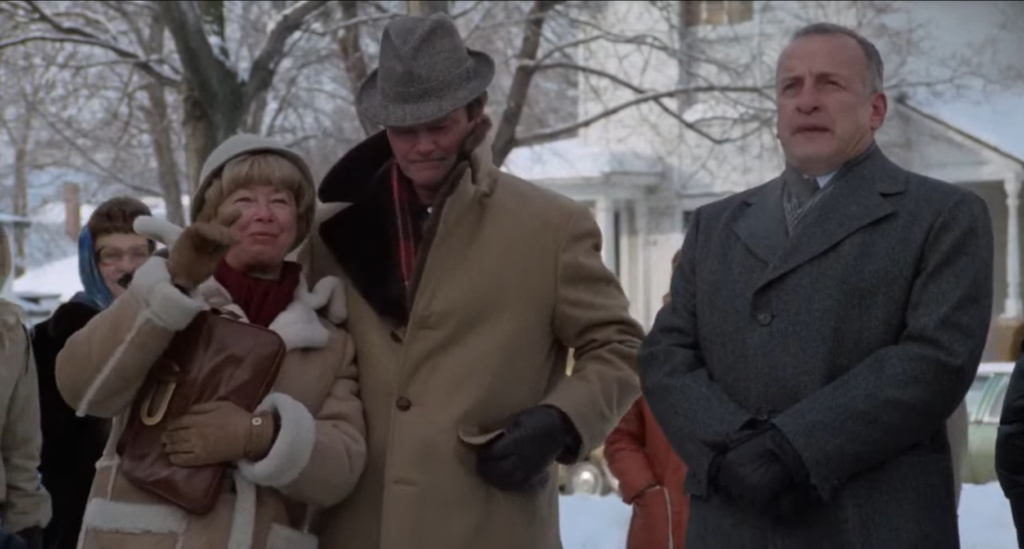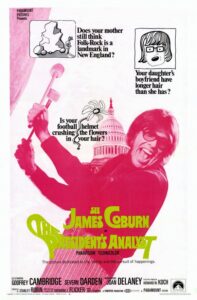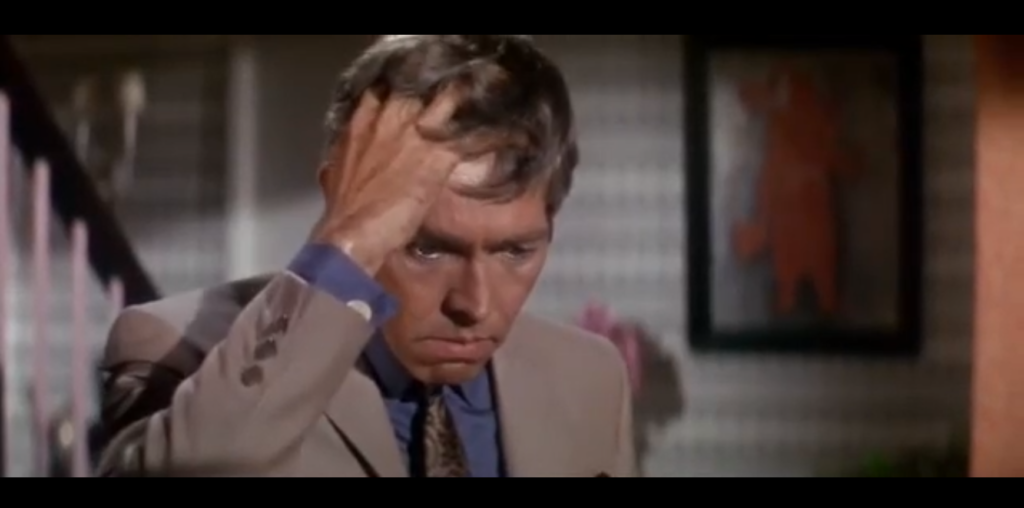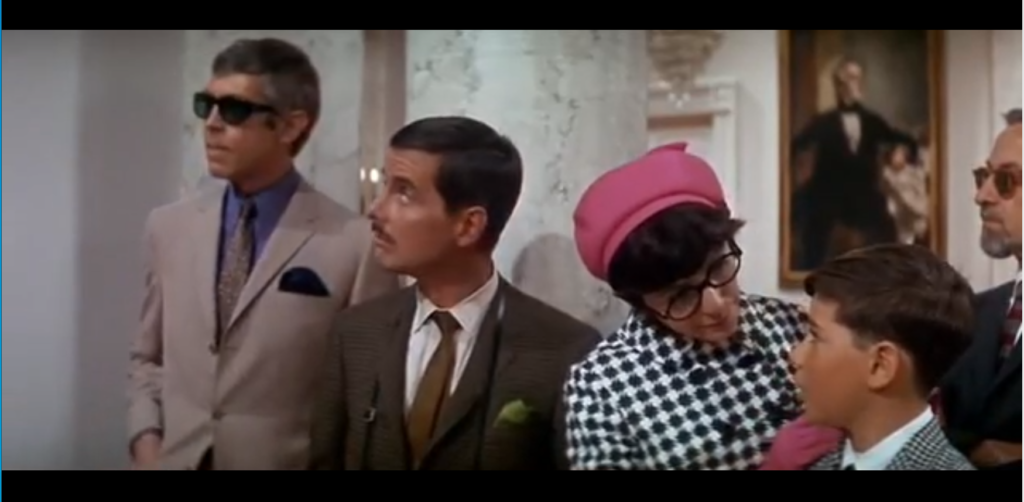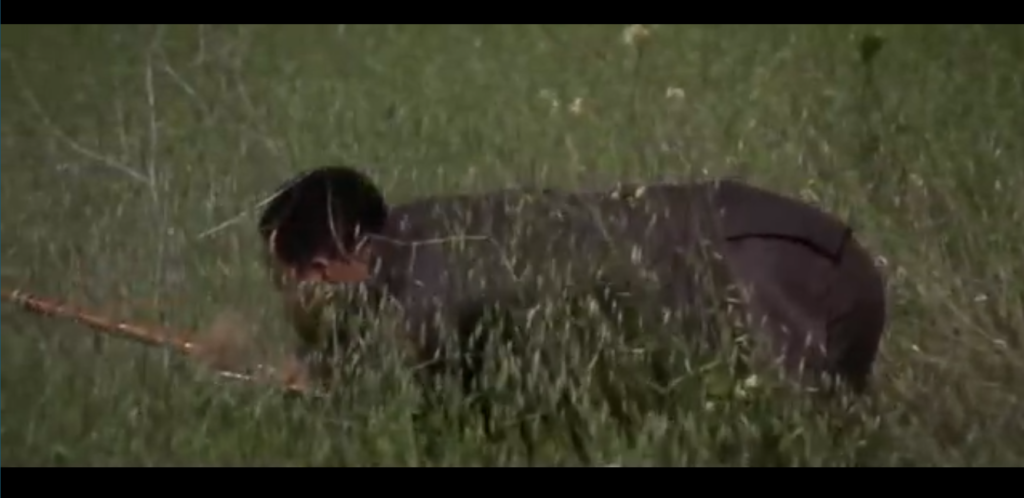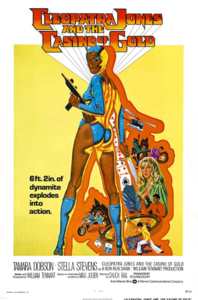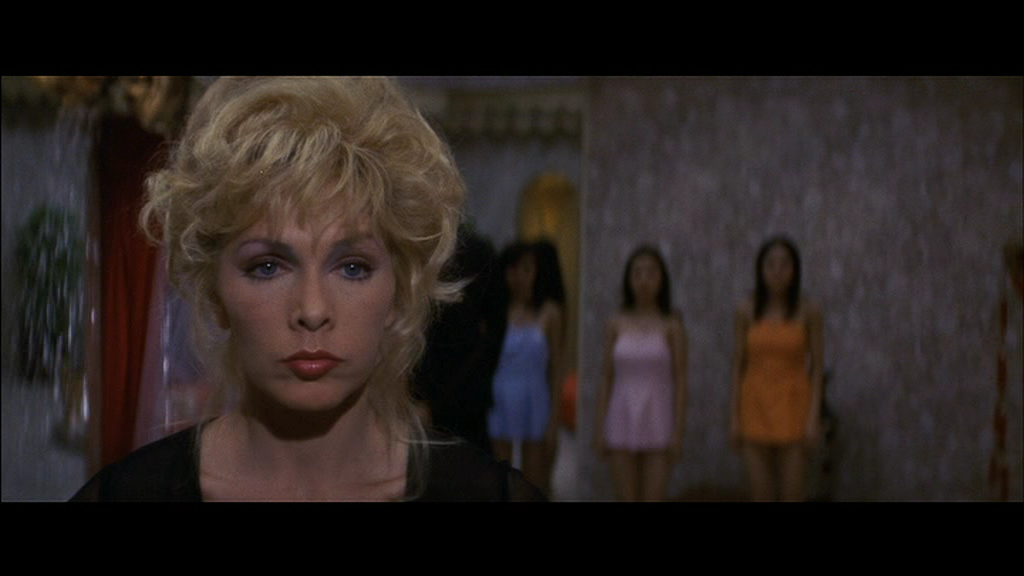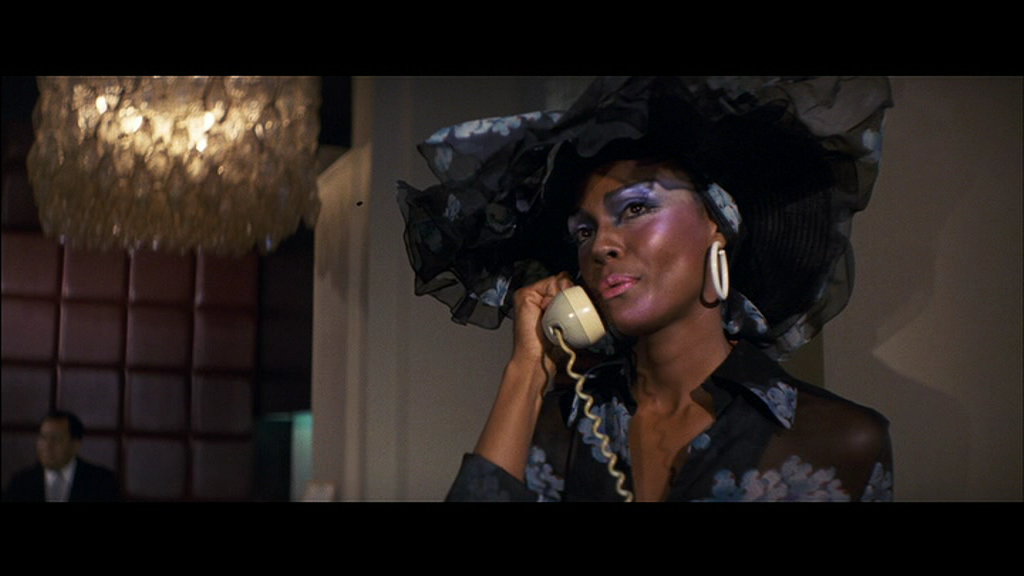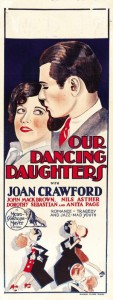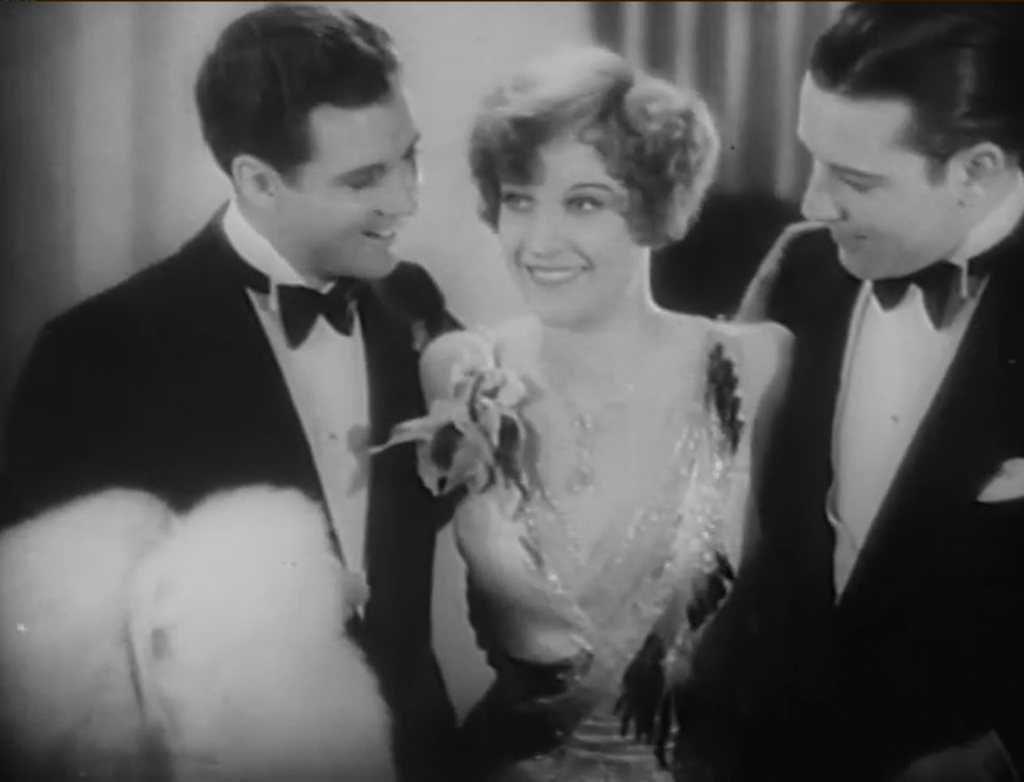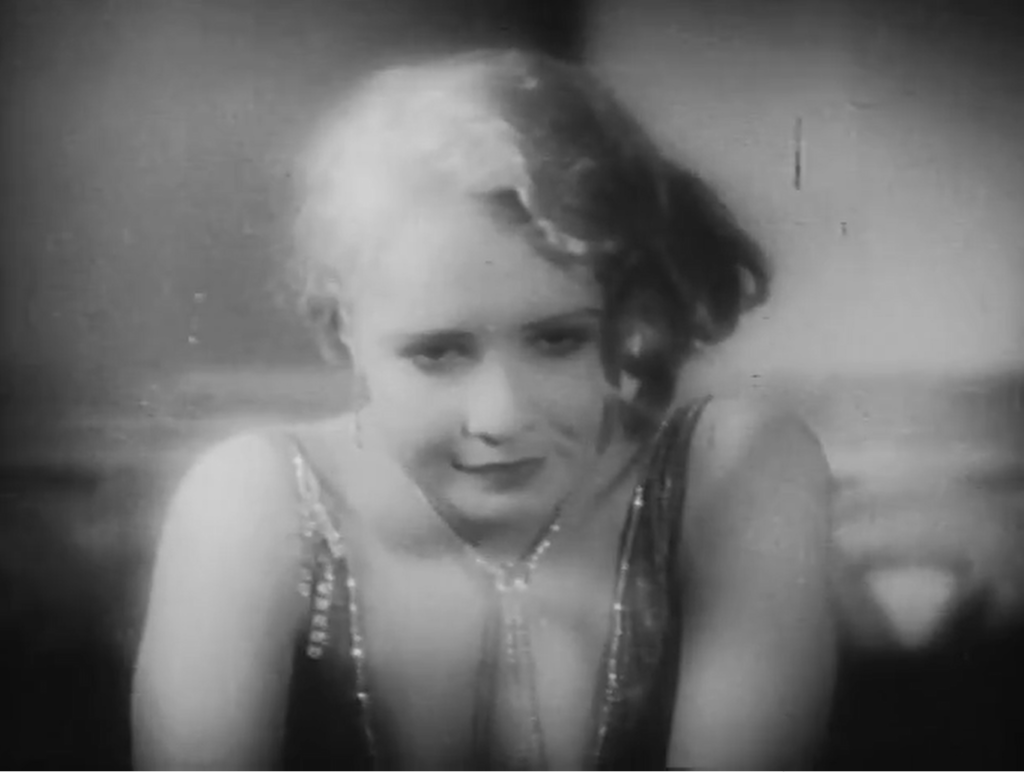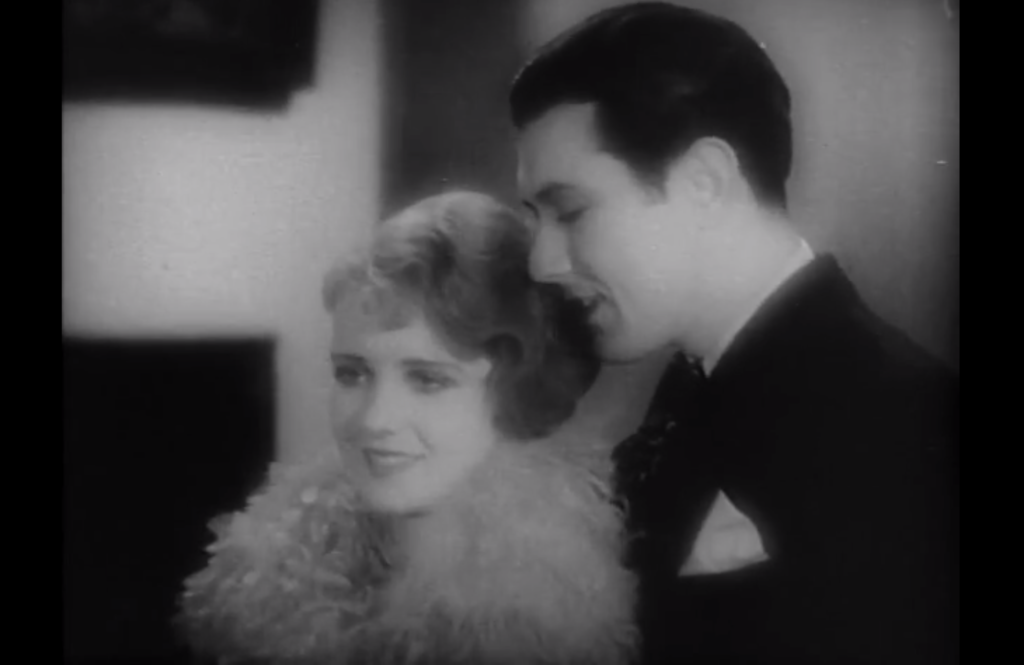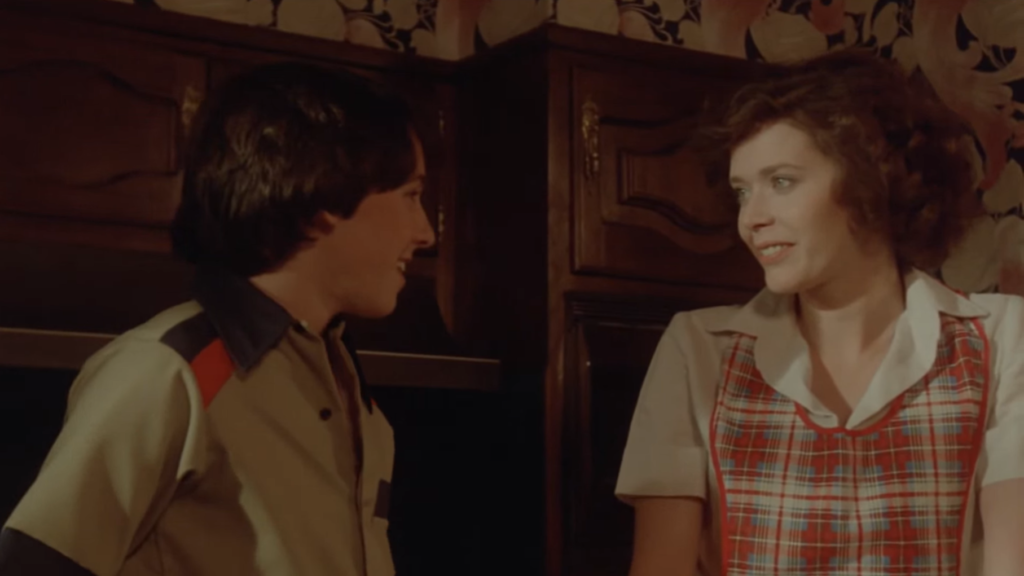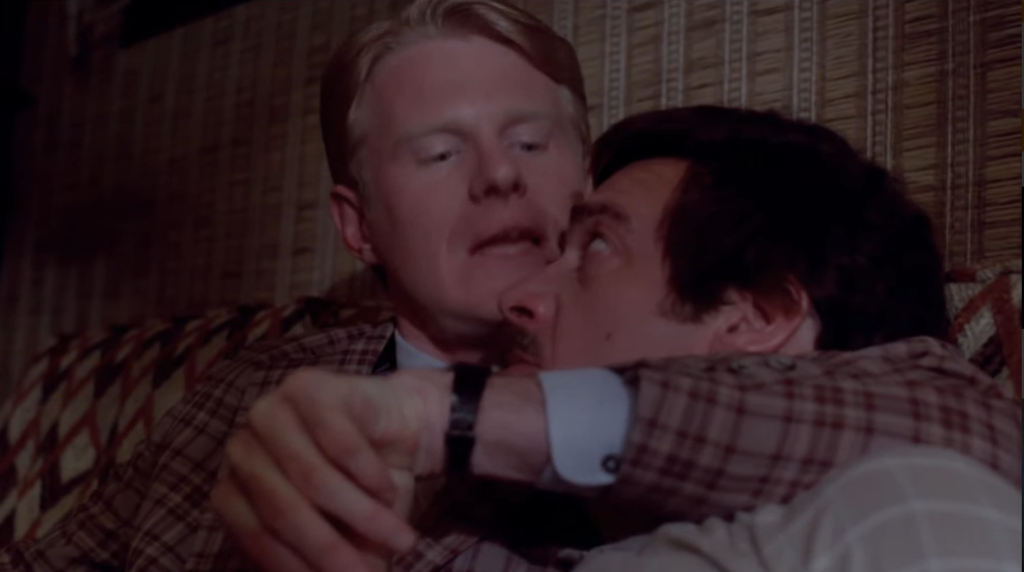|
Genres, Themes, Actors, and Directors:
- Aliens
- George Pal Films
- H.G. Wells Films
- Science Fiction
- World Domination
Response to Peary’s Review:
Unlike other reviewers who have fond memories of being both scared and thrilled by War of the Worlds when it was finally released in 1953 (Paramount Studios had owned the movie rights to the title for nearly twenty years), Peary seems less than enamored by producer George Pal’s updated version of H.G. Wells’ classic sci-fi novel. He cites the many changes to Wells’ original story as “annoying” (particularly Pal’s notion that “God is directly responsible for the aliens’ demise”), and argues that the “brutal, selfish” humans in the mob scene near the end of the film barely seem worth rescuing. “In fact,” he notes, the film “doesn’t [convincingly] show why earth’s people or their way of life should be preserved.” In terms of the lead performances, he notes somewhat harshly that “Barry is a sturdy if dull hero” while Robinson — who, in typical ’50s gender relegation, “merely looks on [and] serves coffee” — is “an embarrassment” (personally, I find it hard to fault Robinson for the way her role was written).
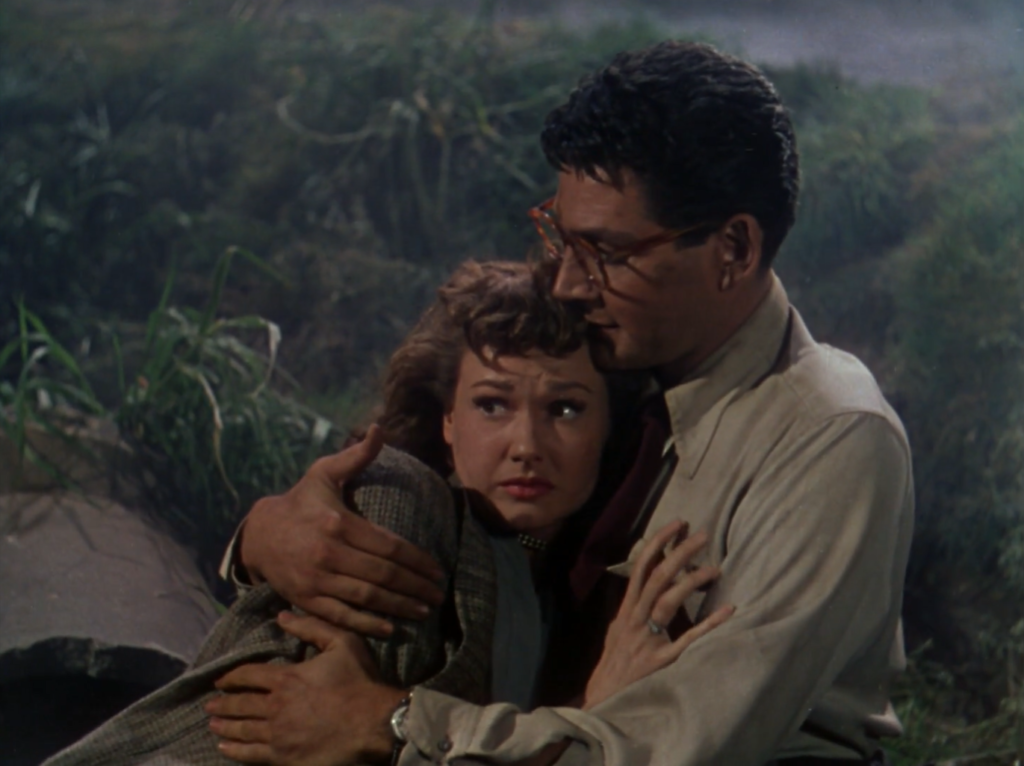
These days, particularly in the wake of Steven Spielberg’s tepid remake, Pal’s War of the Worlds — which Peary claims has an “enormous cult following” — is seen by most modern viewers as dated but of historic interest, thanks in large part to Gordon Jennings’ “tremendous special effects”, which were enormously impressive at the time.
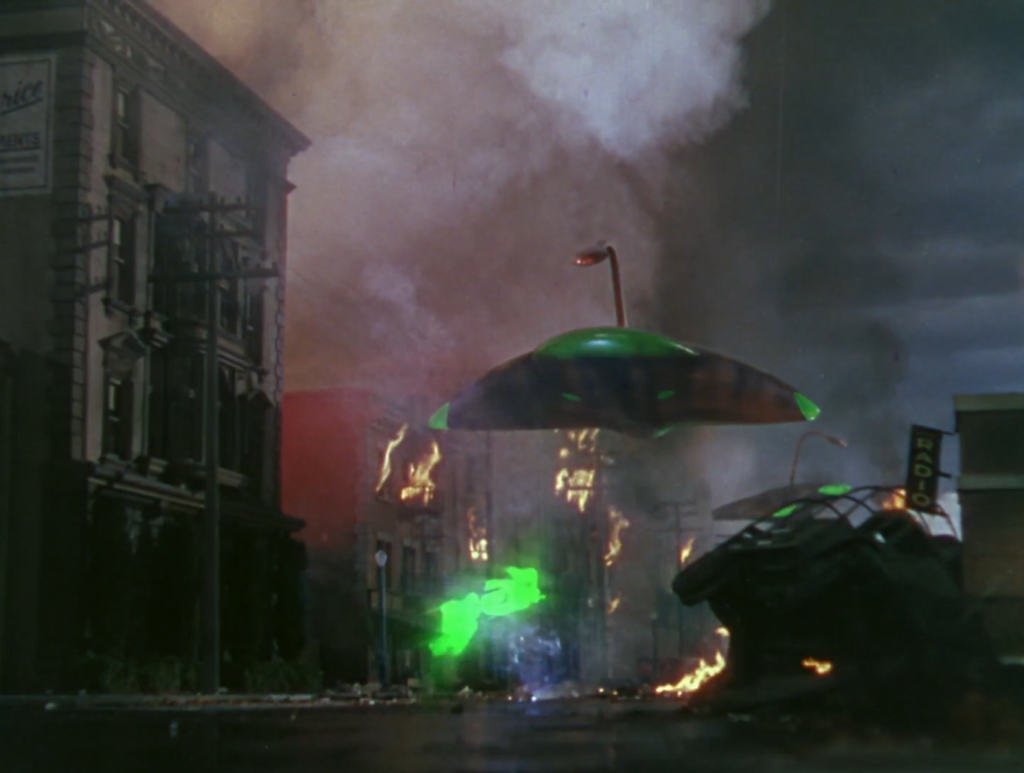
It’s also important to remember, as Peary notes, that this was “the first film in which America itself is turned into a war zone because of an invasion”; indeed, it must have been tremendously frightening for audiences at the time to vicariously witness an A-bomb being dropped near a populated area. With that said, however, I’m largely in agreement with Peary’s assessment of the film as “colorful but overrated”, and only consider it to be must-see for its historical relevance.
Redeeming Qualities and Moments:
- Gordon Jennings’ Oscar-winning special effects
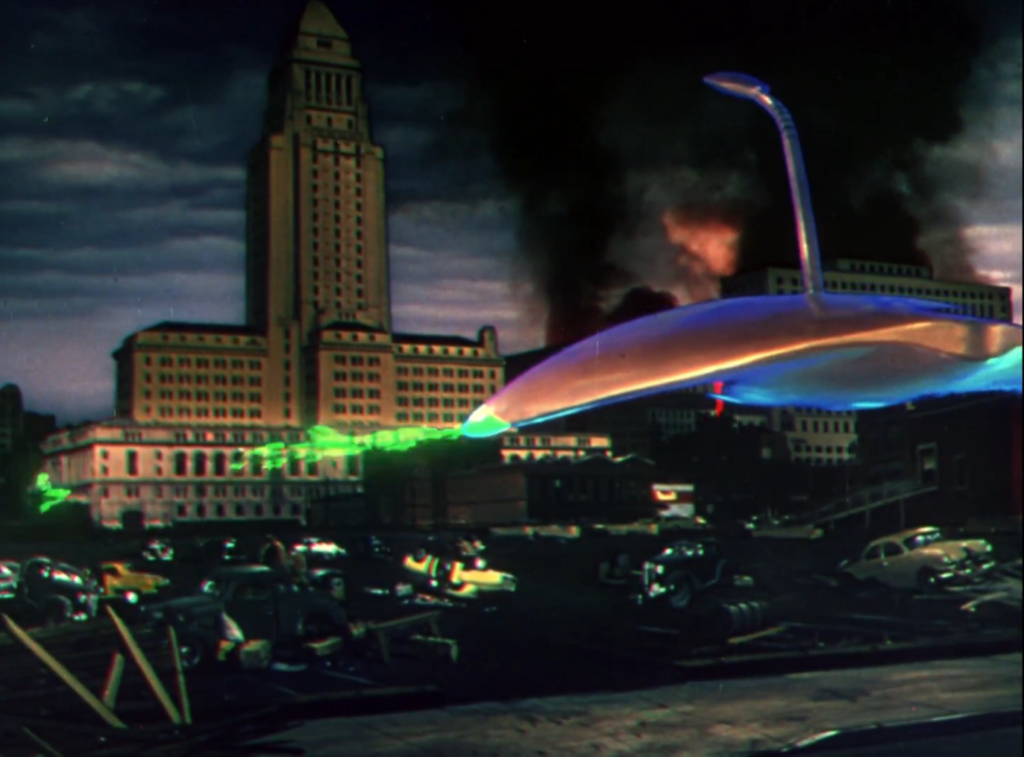
Must See?
Yes, simply for its historical status as the first major alien invasion flick.
Categories
Links:
|
